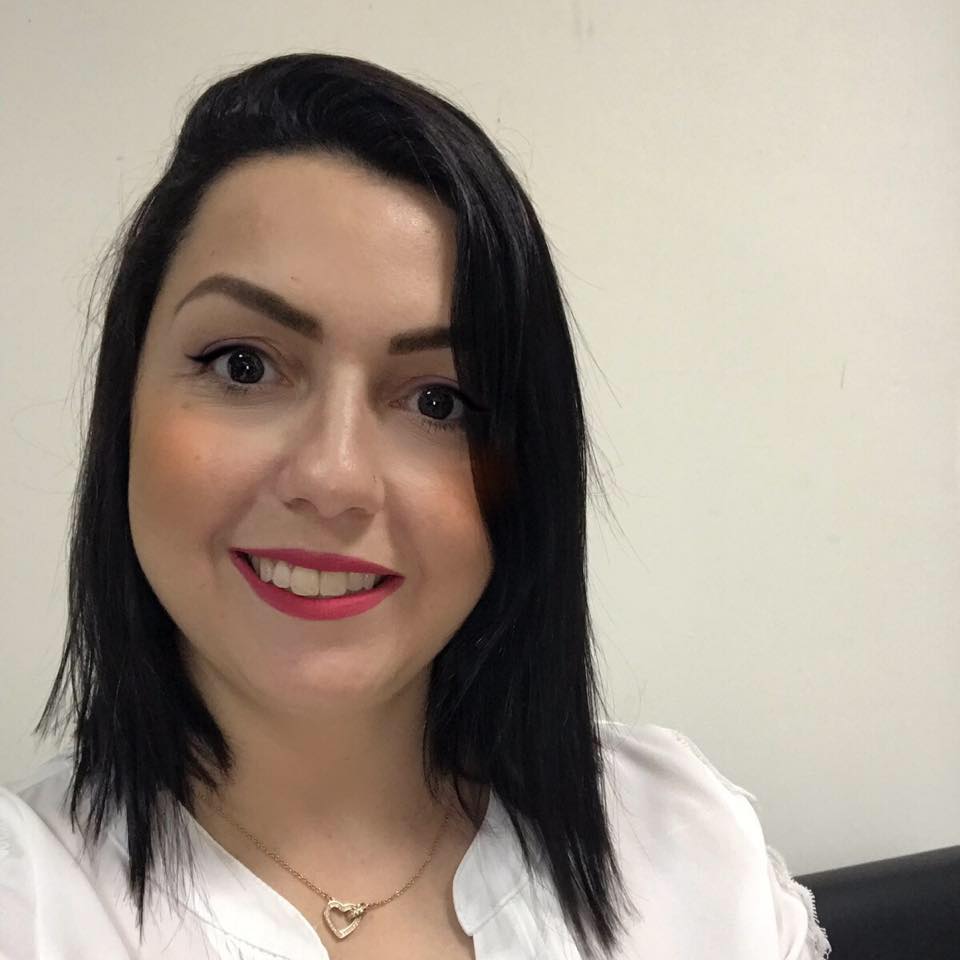Self-observation: why not?
Very soon, I will celebrate my 25th teaching anniversary. This got me thinking about the beginning of my career, what was different then, what is still rather similar and especially how differently (or similarly) I used to teach. How have all these years influenced and shaped the way I teach today? To answer these questions I can rely on my memory and perceptions, as well as those of my students and of those who observed me. It’d be great, and probably enlightening, if I could compare the past and the present. So it’s a shame no longer have the notes of those who observed my lessons over the years.
Well, when I began teaching, class observation was fairly common but basically done by school directors and coordinators. It was more frequent when you were new at the institution and as a means of evaluation. Peer observation? It was encouraged, but I can’t really recall any situation in which a colleague invited me to observe a lesson or when I did so… Lack of time? Shyness? Not really knowing what to observe? What if you see something you don’t like or disagree with? Would you tell your colleague? These may be some of the reasons why peer observation was not, as far as I know, very popular or frequent. Is it now? I dare say this hasn’t changed, or at least hasn’t changed in most institutions or for most teachers, who might feel uncomfortable with the idea of having a “stranger” in class, no matter how experienced or inexperienced you are.
Back then, filming a lesson was a luxury and rather clumsy, as portable video cameras were a novelty. Therefore, it was something you only did once in a while. As a consequence, self-observation was certainly more difficult to do and more infrequent. Fortunately, technology has made this an infinitely easier task. Not only can you record your voice but also film your lesson, or part of it, using an array of gadgets, versions of which can be found on a simple mobile phone. This means we do not depend on anybody else to find out what we are like in class. What you see (or hear) will probably have some impact on you. There are a number of questions that could be raised before you decide to record yourself:
- What does my voice sound like from my students’ point of view?
- Are my instructions clear?
- How, when and how often do I correct my students?
- Do I allow them enough time to do the tasks?
- Are the activities taking too long, or are they too short?
- What does my board look like? And so on and so forth.
Though I firmly believe self-observation cannot replace the, let’s say, more traditional lesson observation, with a colleague to provide you with feedback, it’s undeniable that it is much more easily done and it can be an excellent tool for improvement. For those who feel more uncomfortable with somebody attending their lesson, it might even work as a bridge. After all, you can watch yourself first and then ask for somebody’s orientation or advice. Why not give it a try?






